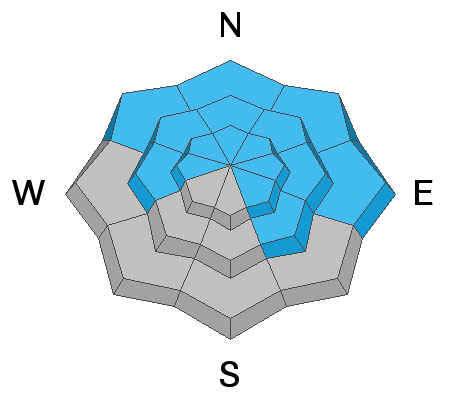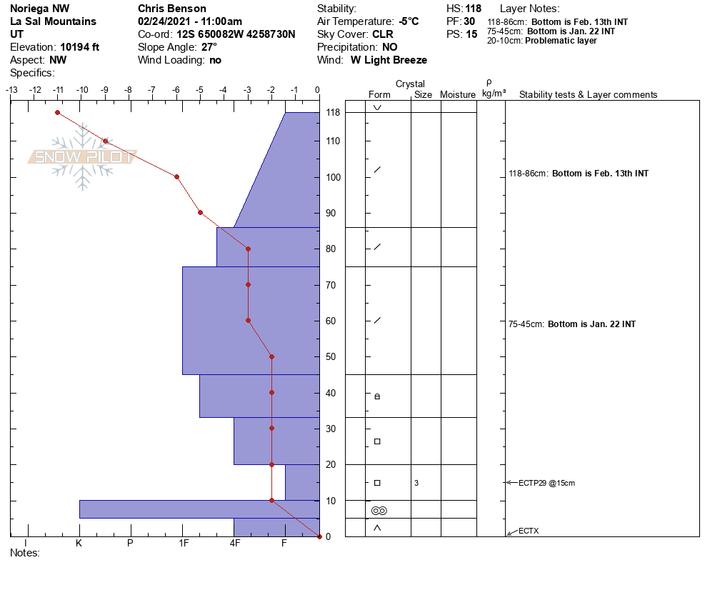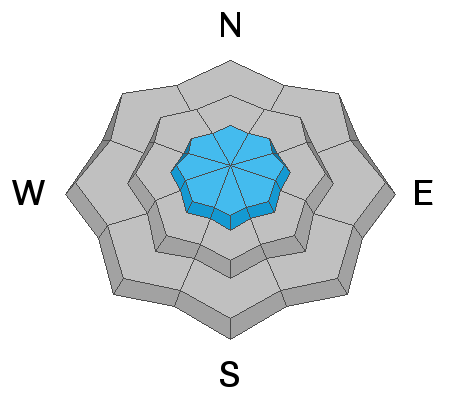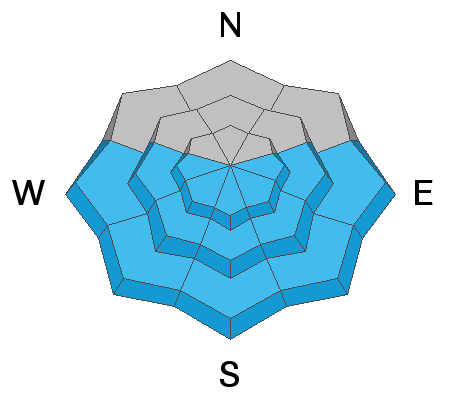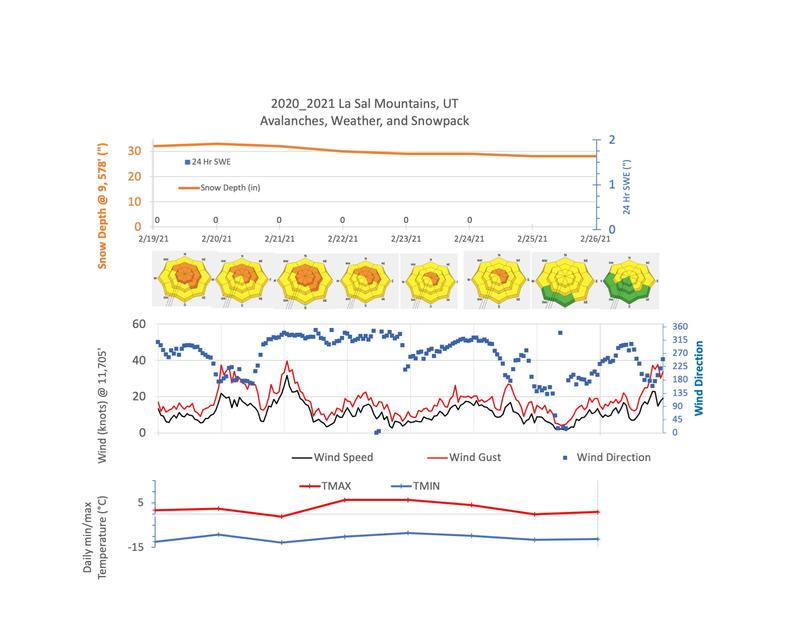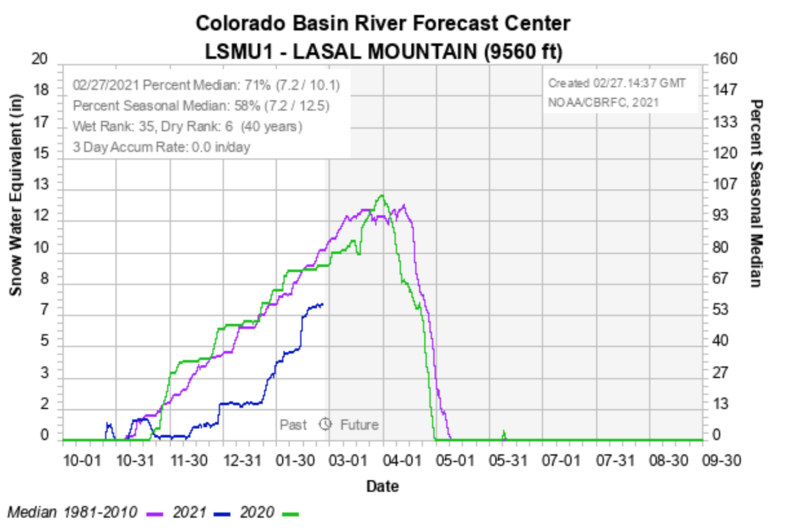Forecast for the Moab Area Mountains

Issued by Eric Trenbeath on
Monday morning, March 1, 2021
Monday morning, March 1, 2021
The avalanche danger remains a solid MODERATE with recent deposits of wind drifted snow bumping things up a notch on all aspects above treeline. The primary concern however remains the very real possibility of triggering deep and dangerous avalanches failing on a buried persistent weak layer. You are most likely to trigger one of these avalanches on steep terrain that faces NW through SE. The danger increases with elevation where wind drifted snow has added stress to buried persistent weak layers. Thinner snowpack areas near rock outcroppings, sparse trees, or along slope margins are the most likely areas to trigger an avalanche.
Most S-W facing terrain near treeline and below has generally LOW danger though as the day heats up you'll want to be alert to signs of loose, wet instability such as rollerballs or pinwheels. Stay off of, and out from under steep slopes when these signs are present.
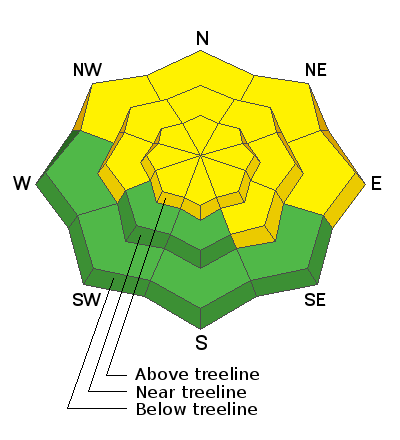
Low
Moderate
Considerable
High
Extreme
Learn how to read the forecast here


